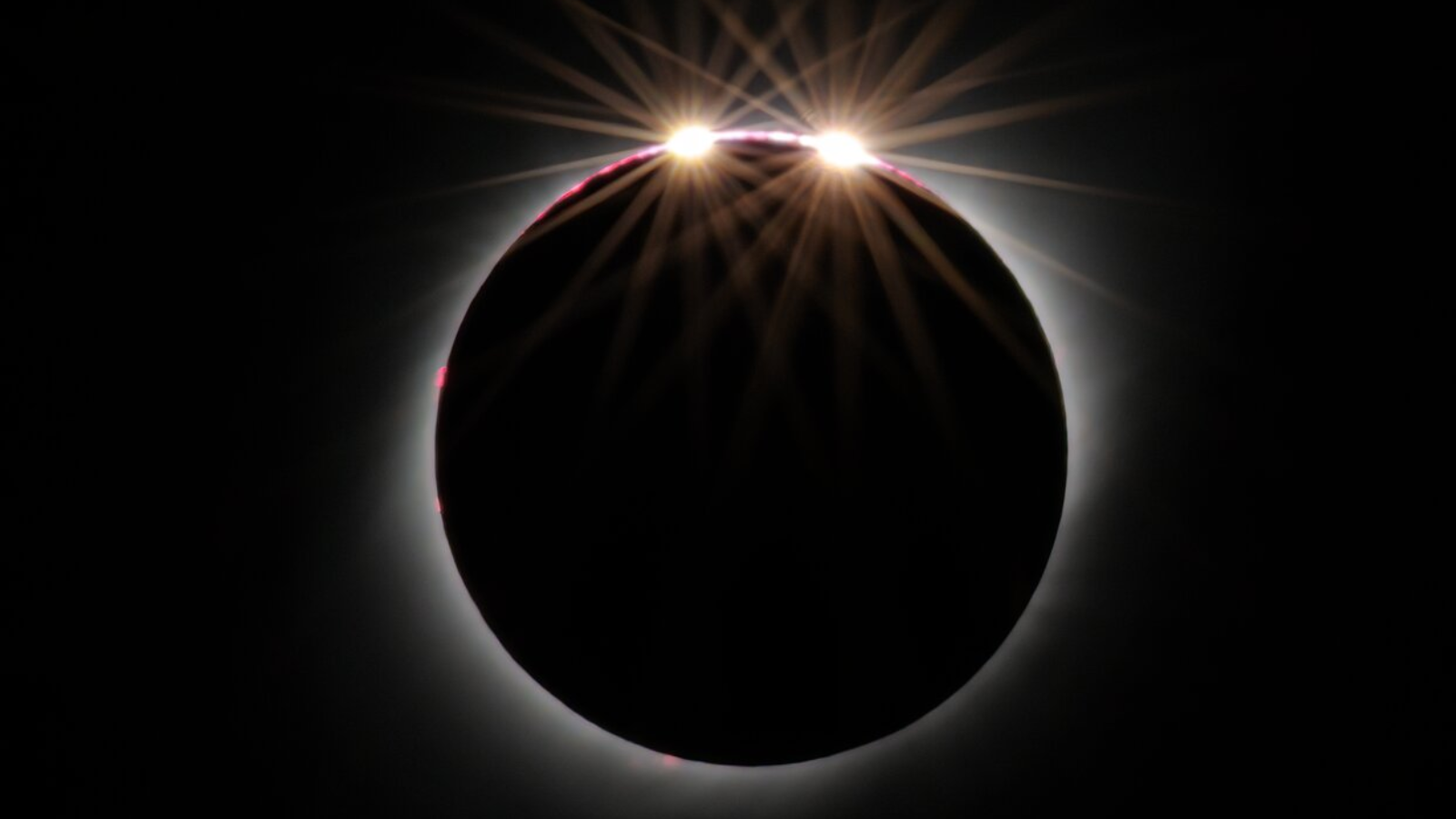
On Monday (April 8), the sky over a swathe of North America will briefly darken as the moon covers the sun completely during a total solar eclipse.
For a maximum of 4 minutes and 28 seconds along a 115-mile-wide (185 kilometers) and 10,000-mile-long (16,000 km) path passing through Mexico, the United States and Canada, the moon will completely cover the sun, and the sky will fall dark. And, outside this path of totality, observers will be treated to a partial solar eclipse, which is still a sight to behold.
It's not surprising that our ancient ancestors viewed total solar eclipses with trepidation and fear. They were often thought to be dire portents from the gods, indicating the deities' displeasure — or observations of the sun being consumed by fearsome creatures like dragons, which needed to be scared away with loud noises.
In our current (mostly) scientifically enlightened times, we have abandoned such supernatural explanations. But rejecting the concept of star-eating dragons doesn't mean that the total solar eclipse isn't capable of throwing up some unusual and phenomena that may leave witnesses scratching their heads.
Related: Total solar eclipse 2024: Everything you need to know
Space.com takes you through a brief list of some of the strange phenomena that may distract you as you attempt to take in the most exciting astronomical event of 2024!
Astronomical occurrences
Bailey's beads appear around the moon
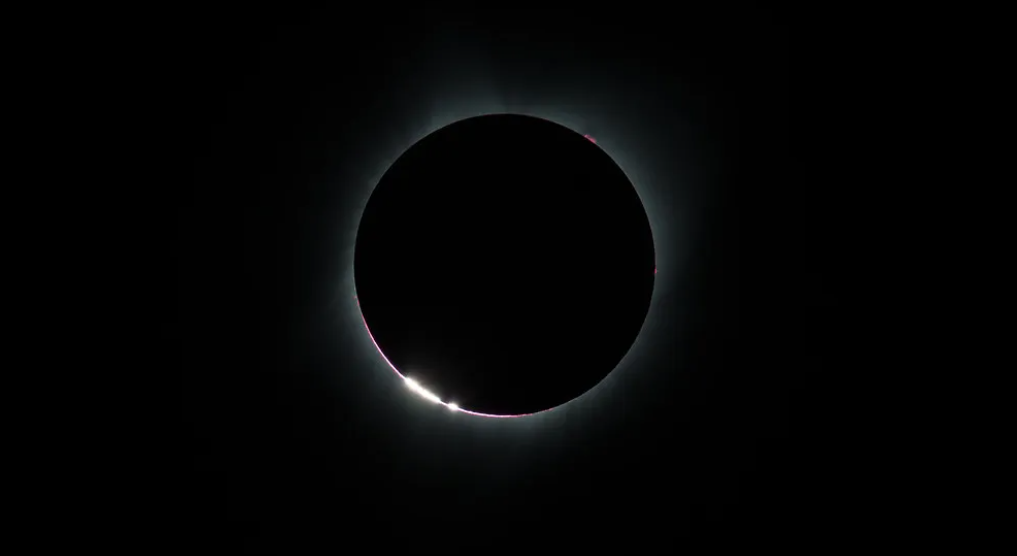
As the moon makes its final approach to the sun in the sky, light will begin streaming through the valleys, mountains, craters, and rough terrain at the edge of the lunar disk. This creates droplets of light at the very edge of the moon's disk called "Bailey's beads."
Bailey's beads are named after English astronomer Francis Bailey, who described the phenomenon in 1836. Ironically, Bailey may not actually be the discoverer of Bailey's beads. Edmond Halley made the first recorded observations of Bailey's beads during a solar eclipse on May 3, 1715, also correctly describing their cause.
On April 8, watch out for Bailey's Beads before the moon completely covers the sun, and again as the lunar disk begins to move away from the solar disk.
The sun gives the moon a diamond ring
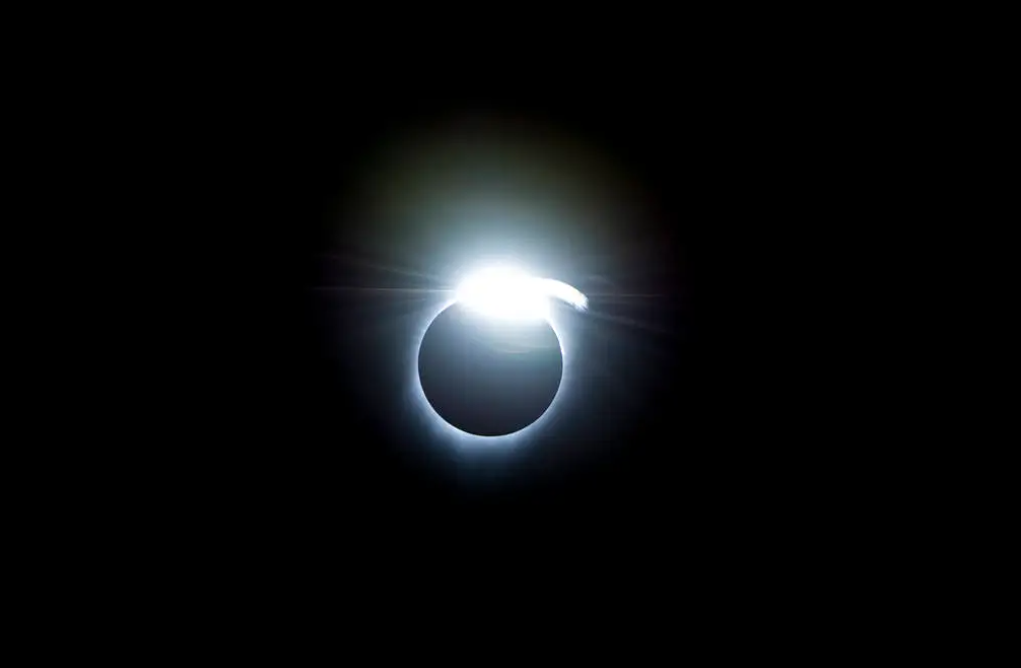
The appearance of Bailey's beads at the edge of the moon may be accompanied by another striking phenomenon.
A "diamond ring" happens during a total solar eclipse just moments before the point at which the moon completely covers the sun, known as totality. This is caused by the last sunlight streaming through the rugged terrain at the edge of the lunar disk.
During the 2024 total solar eclipse, skywatchers can attempt to observe a rare "double diamond ring" when two prominent points of sunlight appear at the edge of the moon.
Related: The moon: Everything you need to know about Earth's companion
The sun's atmosphere manifests
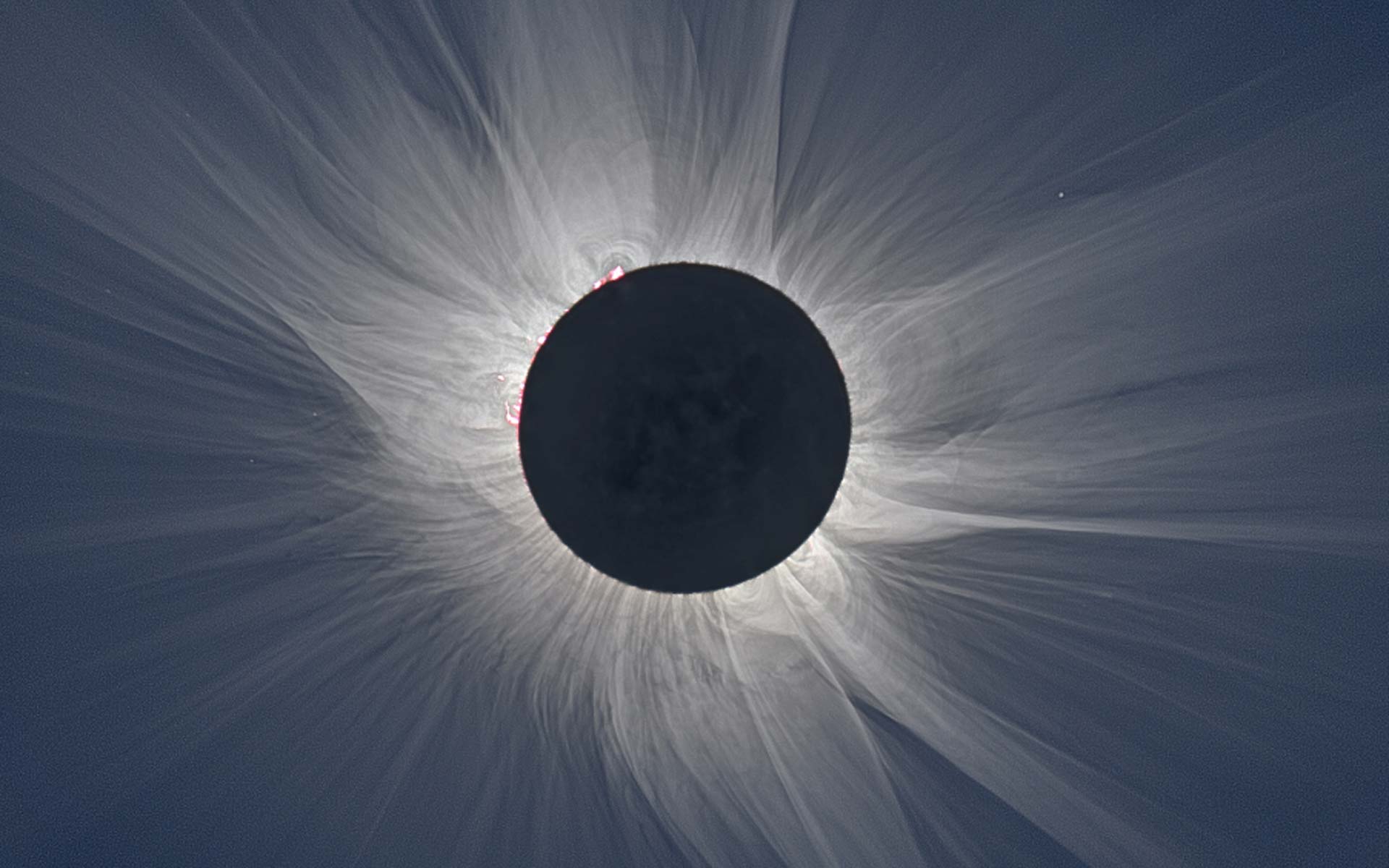
Normally, when observing the sun, the atmosphere of our star is "washed out" by light flowing from what can roughly be described as the solar surface, the photosphere.
During a total solar eclipse, however, photons from the photosphere are blocked, and the two elements of the solar atmosphere, the outer layer or corona and the inner layer or chromosphere become more visible.
The corona will appear as waving white streamers surrounding the blacked-out solar disk. The chromosphere will appear as a more subtle, thin halo of color, mostly pink and red, closer to the lunar disk. The eclipse may also reveal solar filaments made of plasma and molded by solar magnetic fields extending out from behind the moon.
Hidden stars and planets are revealed
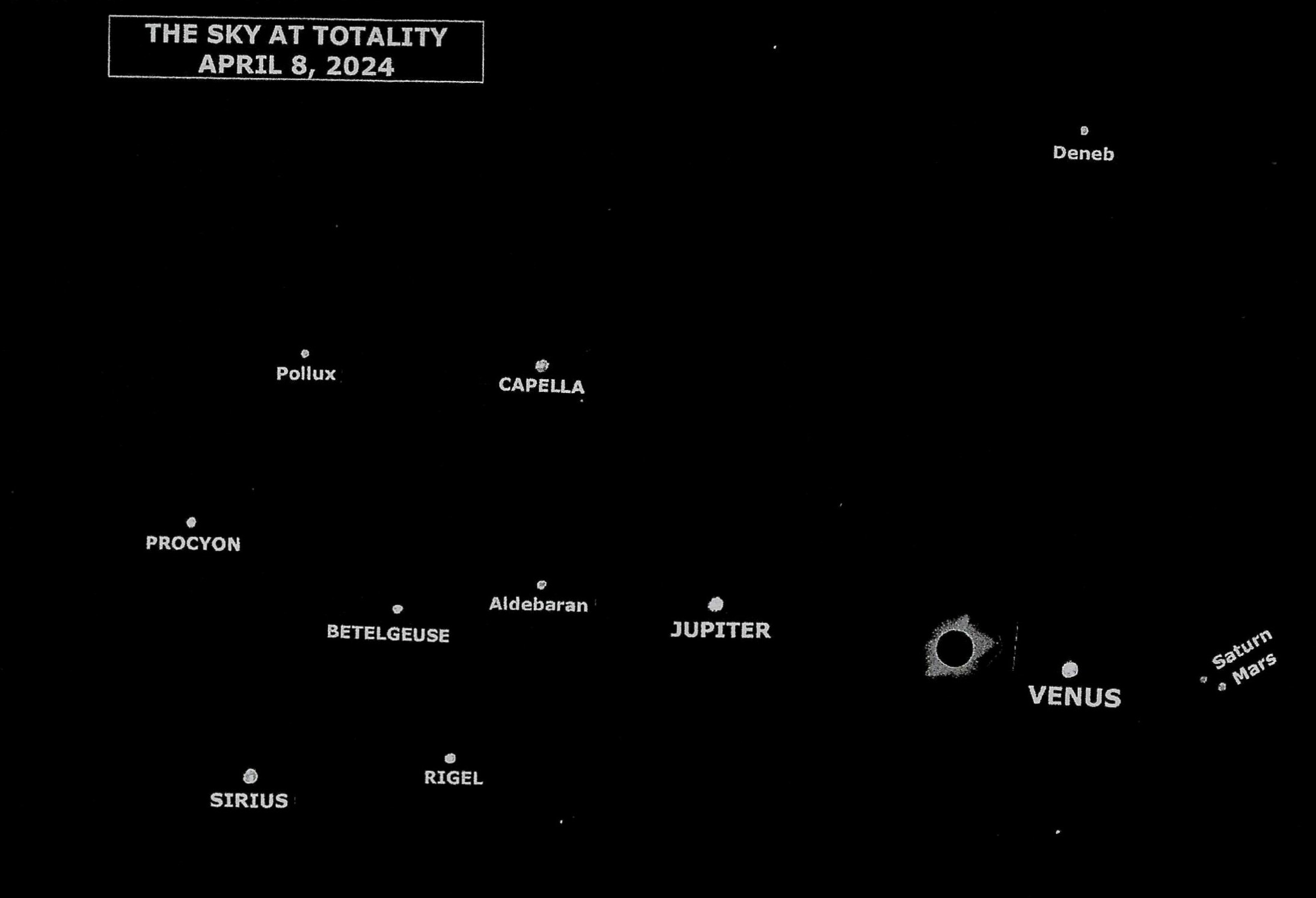
Some skywatchers may be focused on other solar system bodies or stars farther afield than the sun during the April 8 total solar eclipse.
According to Space.com skywatching columnist Joe Rao, some of the planets that may make an appearance during totality, which would usually be hidden in daylight, will be Venus, around 15 degrees to the west of the sun, and Jupiter, 30 degrees east of the star. Other planets that may be visible are Saturn and Mars, which will be 35 degrees and 36 degrees to the west of the sun, respectively. (Your fist held at arm's length covers about 10 degrees of sky.)
For eclipse watchers on the path of totality outside Mexico and Texas, the brightest star over Earth, Sirius, will be over the horizon and should be visible toward the east-southeast. Among the other fainter stars that should become apparent are the Goat Star Capella, high in the east-northeast, and Rigel, lower in the southeast.
A horned 'devil' may appear!
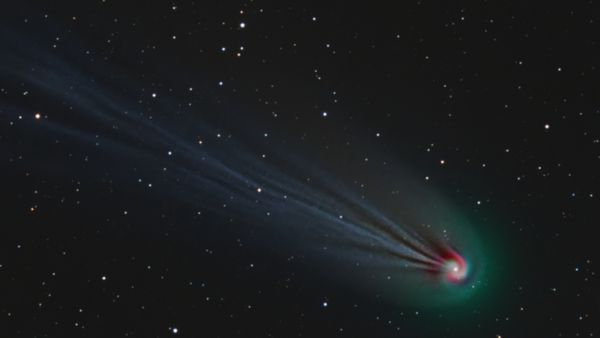
Don't panic! We haven't slipped back into medieval fears and superstition; the "horned devil" we are speaking about in this case is Comet 12P/Pons-Brooks. The comet, which can currently be seen in the night skies of the Northern Hemisphere, has a strange "horned aura" resulting from the outflow of its icy material that has resulted in it being nicknamed the "devil comet."
This faux-satanic space rock visits the inner solar system around every 71 years and will be at its closest to the sun on April 21, 2024. That means Comet 12P/Pons-Brooks will be fairly close to the sun when the moon will obscure it on April 8, according to EarthSky.org.
If it is visible, the comet should appear between the sun and Jupiter, but closer to the gas giant. Whether it can be seen or not on the day of the eclipse will depend on the ferocity of the explosions of material that burst from it, boosting the size of its halo and the brightness of its glow.
Related: A 'horned' comet may be visible during the 2024 total solar eclipse
Strange light effects
Shadow bands sweeep across Earth
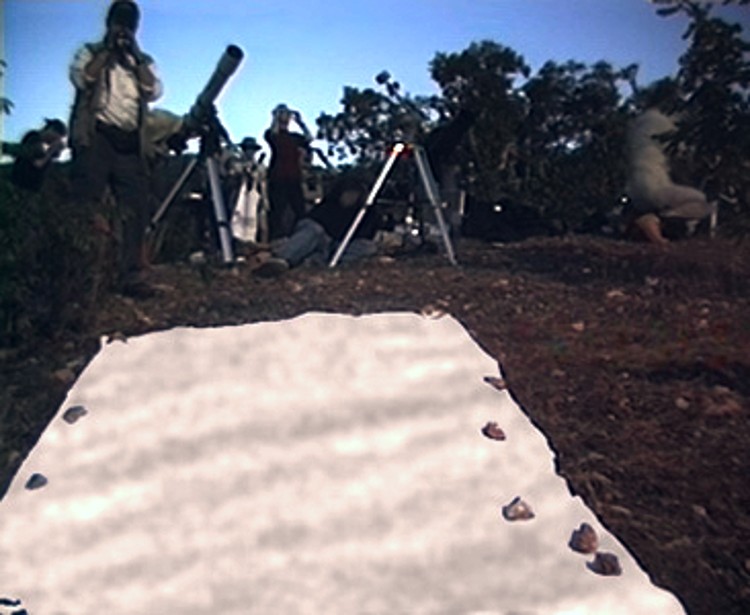
Shadow bands are one of the strangest effects associated with solar eclipses. These alternating light and dark bands can sometimes be seen during these events on the ground and buildings in the path of the eclipse.
First occurring around the time of totality, shadow bands initially seem disordered and chaotic but become increasingly well-ordered and more prominent as totality approaches. These bands are caused by atmospheric turbulence over Earth, which causes refraction of and collimation of sunlight when the solar disk is 99% covered.
Shadow bands are tough to image because they are only briefly visible and don't occur everywhere in the path of totality. The 1-inch to 2-inch-wide (2.5 to 5 centimeters) bands slide across the ground and buildings at a pace of around 10 feet (3 m) per second.
Colors look different
During the solar eclipse, many skywatchers will see colors shifting, giving familiar objects unusual hues. This natural shift in color perception is caused by fluctuating light levels resulting from the darkening of the sun.
Colors the human eye sees as rich and vibrant in bright light, like red and orange, become muted compared with blues and greens, which brighten in dim light. The rapid dimming of the sun during a total solar eclipse heightens this phenomenon, called the "Purkinje shift," making the eclipse a potentially surreal event in which the most familiar objects look almost alien.
Light gets bent!
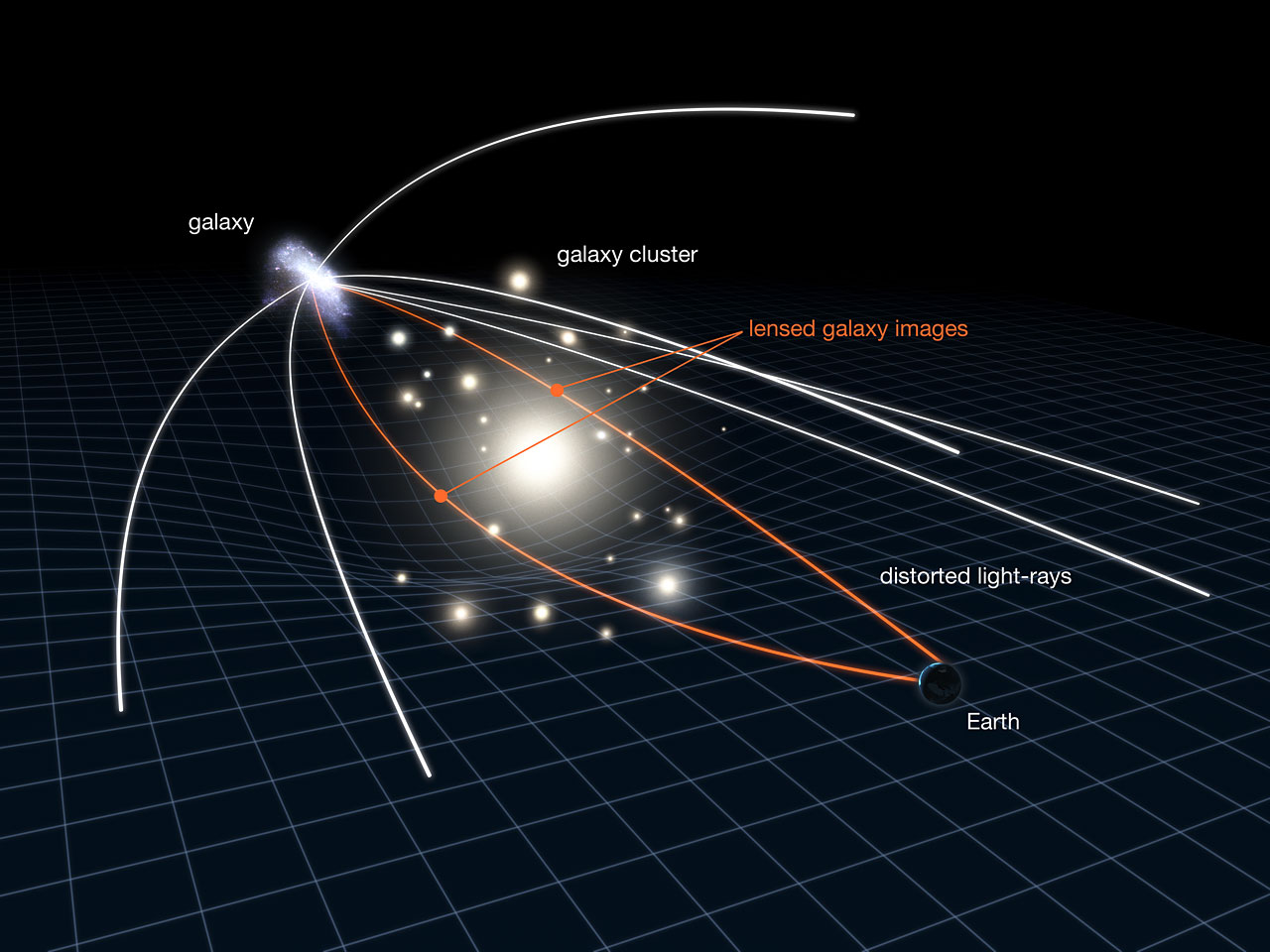
Some scientists will see the total solar eclipse as an opportunity to test one of Albert Einstein's most revolutionary ideas, general relativity.
This 1915 theory of gravity suggests that massive objects warp the very fabric of space-time. When light passes this warping from a background source, it too is curved, an effect called gravitational lensing. This results in those background sources apparently shifting position in the sky.
When the sun darkens on April 8, scientists have the chance to observe the shift in the position of background stars caused by the mass of our star and its warping effect on space-time.
Eclipses have a long history of being used to verify general relativity. The first experimental verification of the theory, which was not initially widely accepted by the scientific community, came about when two teams of scientists led by Frank Watson Dyson and Arthur Stanley Eddington observed gravitational lensing during the May 1919 total solar eclipse from the African island of Príncipe and the Brazilian town of Sobral.
The natural world shifts
Eclipses are cool
The sun isn't just a source of light over Earth, it is also our planet's major source of heat. That means that, as the moon covers the sun on April 8, eclipse watchers may suddenly find themselves needing a jacket.
The amount by which the temperature fluctuates during the total solar eclipse will depend strongly on the location from which it is viewed. Temperatures could drop by as little as 5 degrees Fahrenheit (2.8 degrees Celsius) or as much 10 degrees F (5.6 degrees C).
As the moon covers the sun, onlookers may also experience a sudden drop in wind speed. As the moon moves away, winds will pick up again, but they could be blowing in an entirely different direction.
Animals act differently
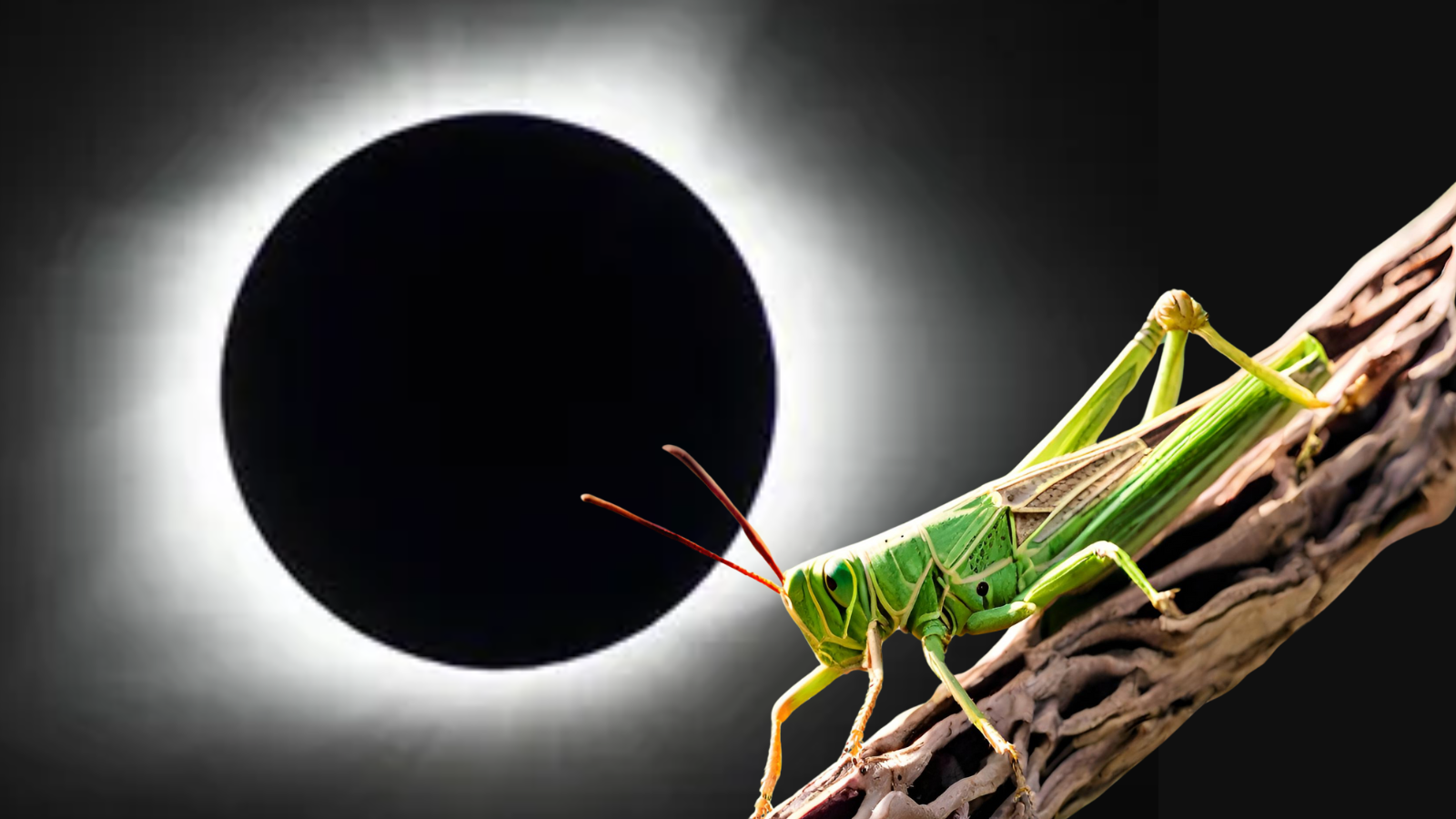
Animal behavior is controlled by many factors, one of which is an internal biological clock that keeps track of a "circadian rhythm." This rhythm is optimized by light, with diurnal animals prompted to sleep when the sun sets and nocturnal animals prompted to rise at the same time.
That means the dimming light of the eclipse and the "false dusk" could prompt the release of hormones related to the sleeping and waking cycle in animals.
Additionally, the drop in temperature could cause a drop in atmospheric pressure that feels like an approaching storm to animals, making them anxious or fearful. Eclipse watchers may also expect to hear a dawn's chorus from birds as the eclipse ends, fooling our feathered friends into believing it is a new day.
During the total solar eclipse, one project that will be attempting to better understand the effect of the eclipse on wildlife is the NASA Soundscapes project. This multisensory approach will see citizen scientists making recordings of the sounds heard as the sky falls dark, and also make written accounts of what is seen, heard, or felt during the event.
Related: Solar eclipse glasses: Where to buy the best, high-quality eyewear
People get emotional
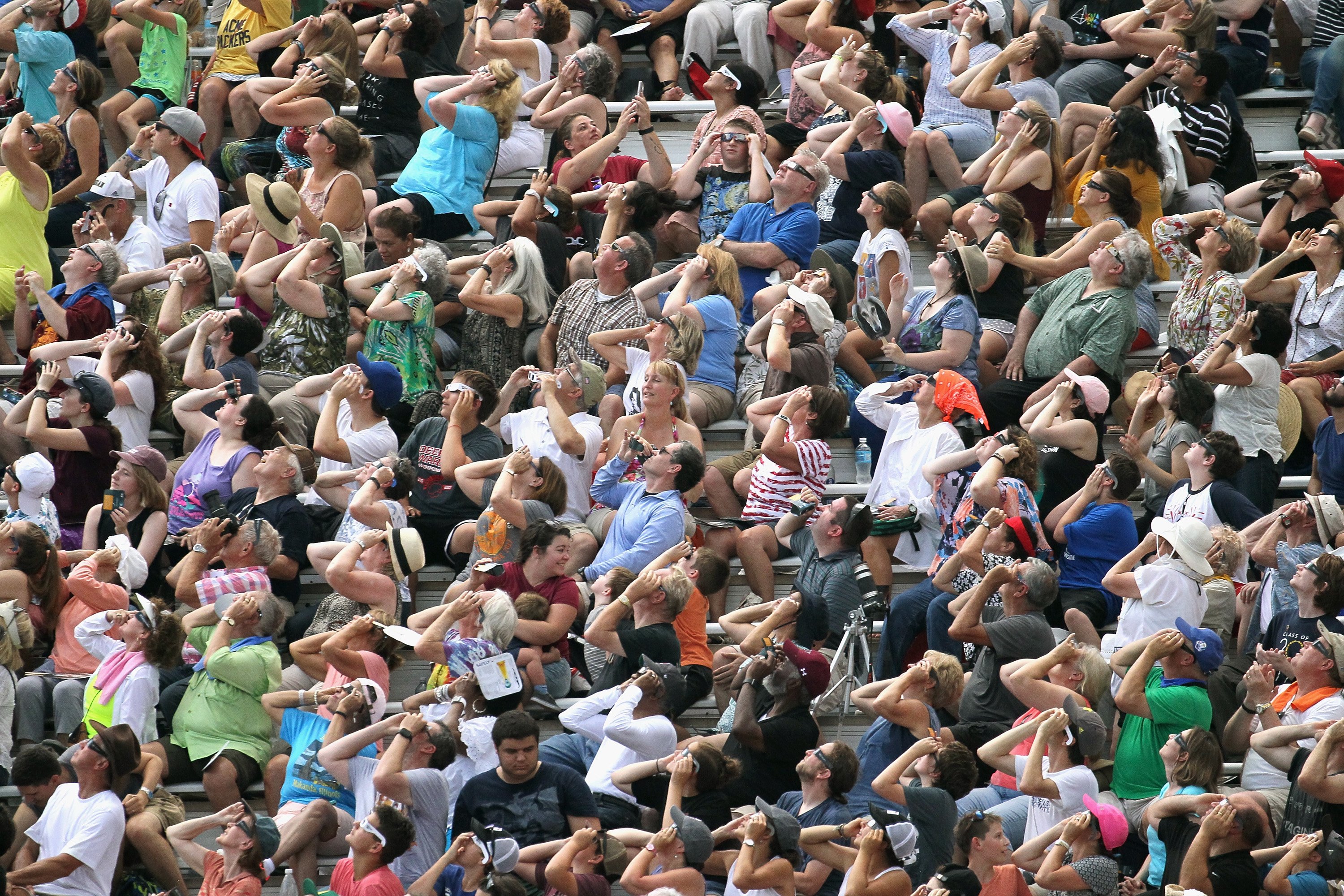
It isn't just animals that will potentially get spooked by the darkening skies of the total solar eclipse eclipse. Humans can also be emotionally affected by these events.
NASA advises that, if skywatchers aren't too busy looking for Bailey's Beads, diamond rings, or shadow bands, they should take a look at the people around them and observe if anyone has a deep emotional response when the sun goes into totality.
Of course, these shifts in emotions are temporary. If you intend to view any eclipse stages, the most important thing to consider is how to safely view it. Looking at the sun without adequate protection at any time is harmful to the eyes, so eclipse watchers should take precautions on April 8.
Sunglasses, regardless of how dark they are, can't protect the eyes from the effects of the sun, so specialized eclipse glasses made from safe solar filter materials will be needed. If skywatchers intend to watch the event with a telescope, special filters will be needed to make this a safe viewing experience.
Our how to observe the sun safely guide tells you everything you need to know about safe solar observations.
Submit your photos! If you capture a photo of the April 8 total solar eclipse or any of these strange effects and would like to share it with Space.com's readers, send photos, videos, comments, and your name, location and content usage permission release to spacephotos@space.com.







